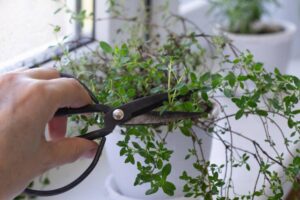The Interior Blog
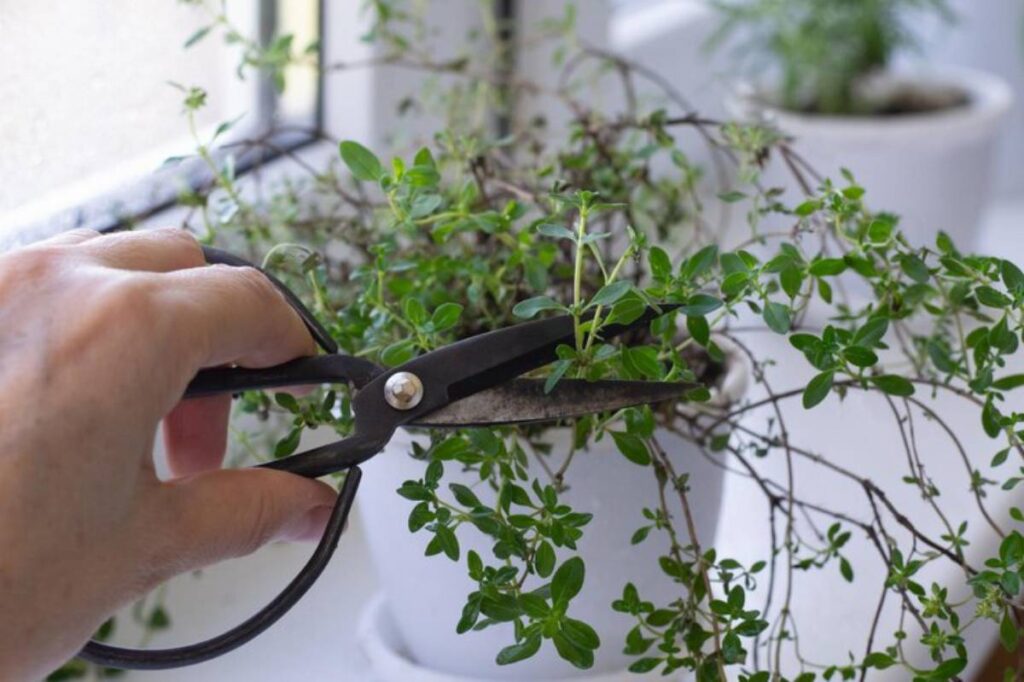
Pruning Tips to Keep Houseplants Looking Their Best
Imagine you’ve just noticed your photos are looking a bit unruly. Leaves are trailing wildly, and the plant has lost that neat, fresh shape it once had. You want to tidy it up — but where do you even begin? Pruning indoor plants isn’t just about making them look pretty. Done correctly, it’s an essential part of healthy houseplant maintenance.
Much like a good haircut, proper pruning helps your plant grow better, stronger, and more vibrant. It prevents disease, encourages fuller growth, and keeps your greenery visually balanced. But snipping at your houseplants without a plan can do more harm than good.
In this guide, you’ll discover simple, expert-approved pruning techniques to keep your indoor plants in top condition — no green thumb required. From when to prune and how to make clean cuts, to the tools you’ll need and what to avoid, this is your go-to resource for effective and stylish plant grooming.
Why pruning is essential for houseplant health
Pruning isn’t just about appearances
While it’s easy to view pruning as a cosmetic fix, it’s much more than that.
Regular trimming:
- Encourages new growth by redirecting energy to healthier parts
- Improves air circulation, which helps prevent mould and pest infestations
- Removes dead, yellowing, or diseased foliage before it spreads
- Controls shape and size to suit indoor environments
Pruning is a form of preventative care. It helps your plant stay strong and resilient in your home’s microclimate.
Your plants want a haircut — just not too much
Like hair, too much off the top at once can stress a plant. The goal is to gently guide growth, not force dramatic change overnight. Think of pruning as a dialogue between you and your plant — you’re shaping it gradually over time.
The best time to prune your indoor plants
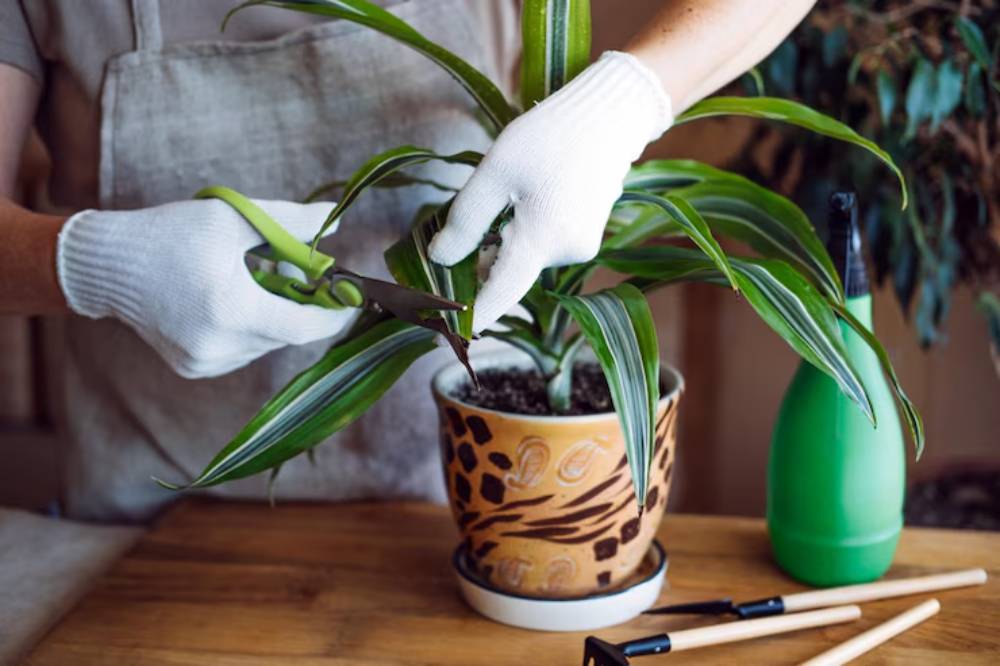
Spring and early summer are ideal
Most houseplants enter their active growth phase in spring.
This is the perfect time to:
- Encourage bushier growth
- Remove winter damage
- Shape plants for the new season
Avoid heavy pruning in autumn or winter when many plants are dormant. Minor snips for dead or yellow leaves are fine year-round, but larger cuts should wait for the growing season.
After pruning, place the plant in bright, indirect light and avoid overwatering. This helps it recover faster.
Essential tools for safe and clean pruning
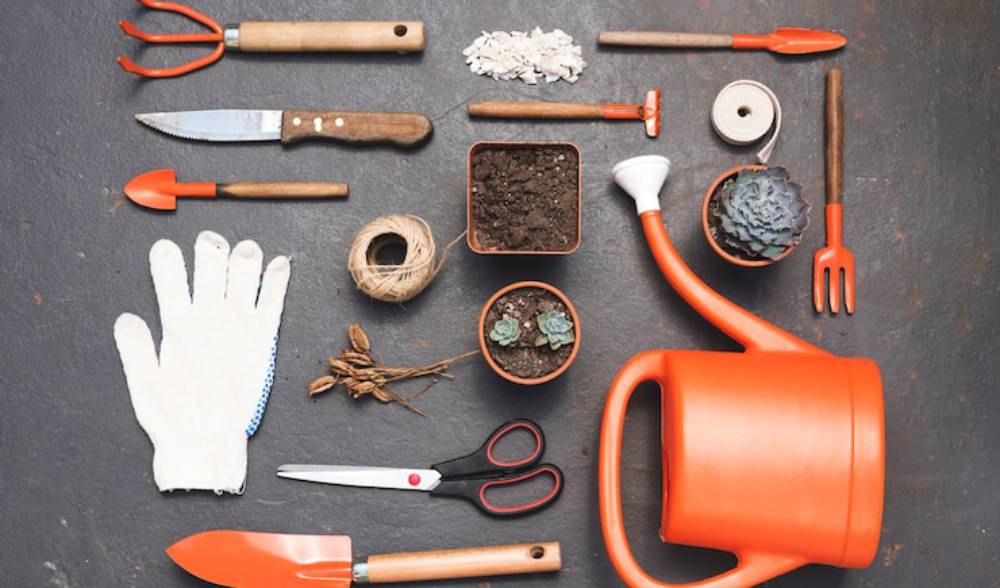
Having the right tools makes a big difference in pruning success.
You don’t need a greenhouse setup — just a few basics:
- Sharp scissors or garden snips: For soft stems and fine cuts.
- Bypass pruners: For thicker stems or woody growth.
- Rubbing alcohol or sanitising spray: To clean blades before and after use, preventing the spread of disease.
- Gloves: For handling spiky or sap-heavy plants like euphorbias or dracaenas.
Keep your tools sharp and sanitised. Dull or dirty blades can crush stems or introduce bacteria.
How to prune indoor plants correctly
1. Start with a visual inspection
Before you begin, take a moment to assess:
- Where growth has become leggy or uneven
- Any yellowing or brown leaves
- Crossing branches or overcrowded stems
This will help you prune with purpose, not guesswork.
2. Remove dead or dying leaves
Snip off any:
- Yellowed, browning, or dry leaves
- Leaves with pest damage
- Wilted stems that don’t perk up after watering
Cut as close to the base of the leaf stem as possible. This cleans up the plant and prevents disease from spreading.
3. Tidy up for shape and balance
Next, step back and consider the plant’s overall shape. Is it leaning one way? Has it become too tall or sparse?
- Trim leggy stems just above a leaf node (where leaves sprout)
- For vining plants like pothos or philodendrons, cut just above a healthy leaf to encourage branching
- With bushy plants like ferns or calatheas, remove outer leaves to let light reach the centre
Use clean, angled cuts. Avoid tearing or crushing stems.
4. Pinch instead of cut (for some plants)
For softer plants like herbs, coleus, or tradescantia, pinching works well:
- Gently use your fingers to remove the tip of a growing stem
- This encourages the plant to grow sideways, not upwards
Pinching gives you more control over fullness without tools.
Pruning advice for popular indoor plants
Each plant type benefits from tailored pruning techniques.
Here’s a quick reference:
| Plant Type | Pruning Method |
| Pothos / Philodendron | Cut just above a node to promote branching |
| Fiddle Leaf Fig | Prune tall stems to shape; remove damaged leaves |
| Spider Plant | Snip off brown tips and old plantlets |
| Succulents | Remove leggy stems or damaged leaves at the base |
| Rubber Plant | Prune the central stalk for height control |
| Peace Lily | Cut off spent blooms at the base |
Understanding your plant’s growth pattern helps you prune with confidence.
For those with bold greenery, styling fiddle leaf figs and other dramatic plants offers aesthetic-focused care insights.
The aftercare: what to do post-pruning
1. Clean up debris
Remove trimmed leaves and stems from the soil surfaces. Leftover plant matter can attract pests and promote mould.
2. Light and water wisely
After pruning:
- Keep your plant in bright, indirect light
- Reduce watering slightly for a few days to prevent root stress
Plants use energy to heal. Give them gentle support without overcompensation.
3. Observe new growth
Within a week or two, you should see:
- New leaves or shoots are forming
- More compact, fuller growth
- A healthier-looking overall plant
Patience pays off — your plant is finding its new shape.
Troubleshooting common pruning mistakes
Even seasoned plant parents slip up now and then.
Avoid these pitfalls:
- Over-pruning: Removing more than 25% of a plant at once can send it into shock.
- Dirty tools: Can introduce disease — always clean before moving to a new plant.
- Flat, straight cuts: These can collect water and encourage rot. Use angled cuts when possible.
- Cutting too close to the node or base: This can damage the growing point. Leave a small cushion above the node.
If you’re unsure whether a leaf or stem should go, wait and observe. It’s always better to take gradual steps.
Grooming tips to maintain your houseplants between pruning sessions
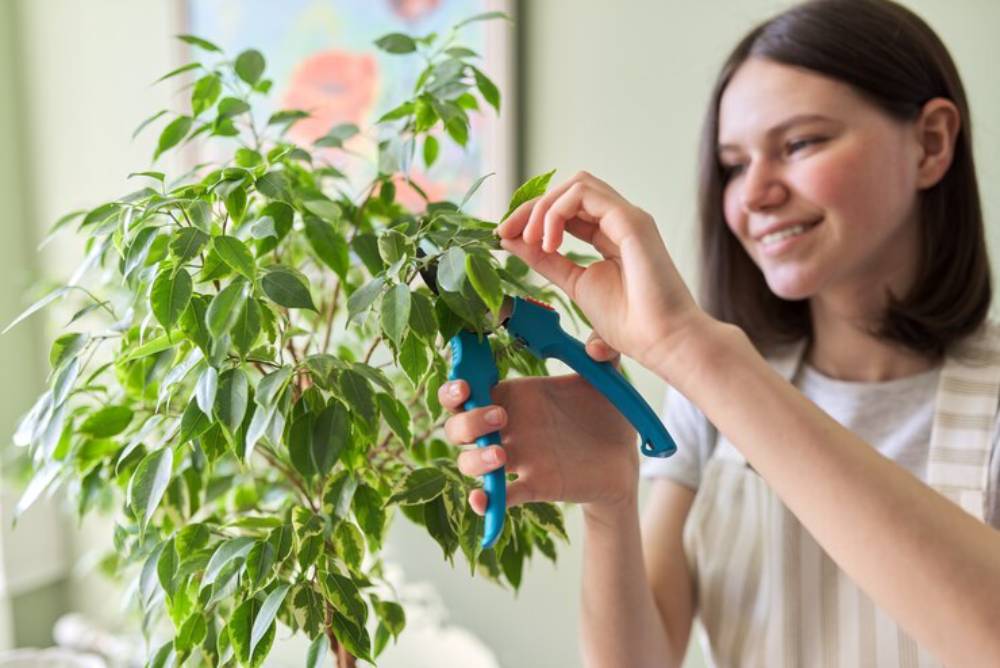
Pruning isn’t a one-and-done task. Regular grooming makes future cuts easier and your plants happier.
1. Wipe down leaves weekly
Dust blocks light absorption and invites pests. Use a soft cloth dampened with water or a diluted neem solution.
2. Rotate plants
If one side always faces the window, you’ll get lopsided growth. Turn your plants 90° each week for balance.
3. Remove yellow leaves as they appear
Don’t wait for a full pruning session. Trimming these early prevents wasted energy and improves appearance.
For a deeper dive into weekly plant maintenance, explore how to keep your indoor plants pest-free and vibrant — a perfect companion to pruning.
Conclusion: Prune with purpose, grow with pride
Pruning indoor plants isn’t reserved for expert gardeners. It’s a straightforward, empowering way to connect with your greenery and guide it toward thriving health. By learning how and when to prune — and practising it regularly — you turn maintenance into a moment of care and creativity.
Whether you’re taming a runaway spider plant or shaping a towering fiddle leaf fig, your plants will reward you with better growth, stronger structure, and a more beautiful presence in your space.
So what are you waiting for? Grab your snips, give your leafy friends a little love, and watch them flourish. If you’ve got a pruning story or question, share it in the comments — your experience might just help another plant lover grow more confidently.





